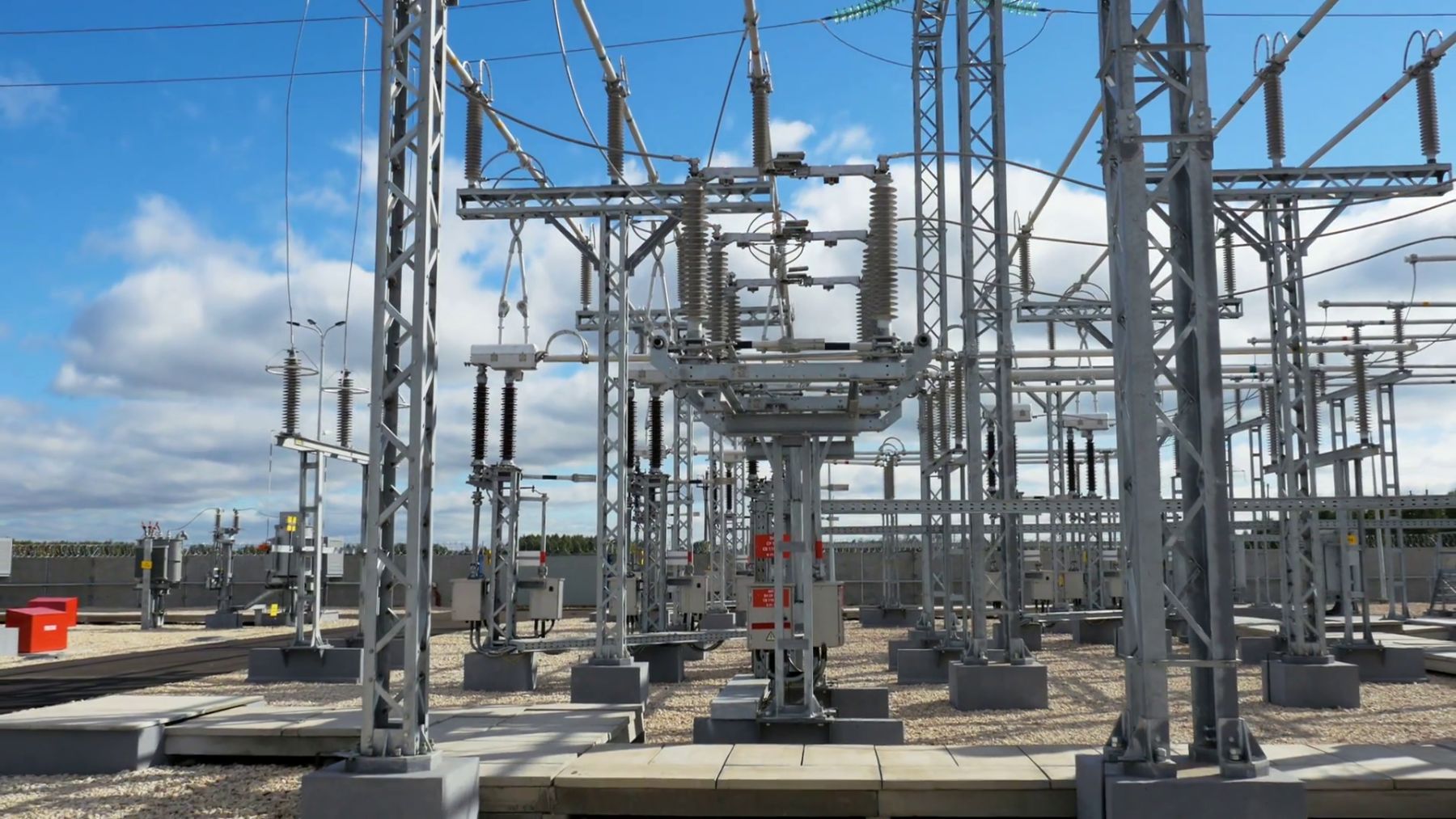News:

Years of Experience
Our hands-on expertise in all aspects of electrical engineering is a significant reason for CTC’s success since 2005. Our specific capabilities are listed below. Please call us for more detailed information.
The efficiency of every power system, stems from a well-designed substation. For industrial, commercial and municipal applications ranging up through 345kV, CTC Engineering has the knowledge and experience you’re looking for.
We design new and retrofit older protective relay systems for our commercial, industrial and utility clients. The protection we design can either be electromechanical or micro-processor. Electromechanical systems’ technology, while older, remains quite effective. However, microprocessor-based relays’ digitized technology is now the preferred option and typically is our design standard.

The 48/125/250VDC systems we design are critical components of our overall substation design blueprint. They serve as critical backup in case of a power failure or AC circuit fault.

We design and develop backup power systems strategically placed in hospitals, airports, refineries – wherever the loss of the main source of power can cause catastrophic issues. Generators are built to our specifications and tested on site by CTC engineers to ensure functionality. We work with our clients to help them generate their own electrical power which can be used for demand response programs for a creative income stream.

CTC’s broad skill set includes helping our clients develop cogeneration systems that using a single power source, typically natural or landfill gas
CTC’s low voltage systems are designed to effectively provide power to manufacturing plants, hospitals, educational, airports and other industrial facilities.


For our clients interested in Green power sources, we design systems utilizing solar, wind and hydro that meet all current environmental and clean energy standards.
CTC works with its power plant and other power-generating clients that are considered critical assets to the Bulk Electric System (BES) to complete NERC/FERC documents, in compliance with their regional operator. These include the FAC, MOD, PER and PRC standards. CTC can assist in putting together an initial program to complete these documents and defend them, if required. These include PRC 005, PRC 019, PRC 024, FAC 008, MOD 032.

Utilizing its cogeneration system, WMU’s Robert M. Beam Power Plant, it is necessary by the local utility to maintain an acceptable power factor. This required the University to generate certain reactive power component which reduced the real power that this system could generate, reducing the rate of return on these assets.
WMU retained CTC Engineering to solve the problem. Research carried out by CTC engineers measured real power versus reactive power needs. Subsequently, they developed a design for a reactive power solution through the use of an automatic variable capacitor system. CTC directed the installation and commissioning of this medium voltage system from start to finish making sure deadlines and budgets were met.
While all of this was being done, our engineers designed the substation’s renovation schedule. Working with two contractors, a work scope of underground and overhead work was developed by CTC, directing the project from start to finish with its engineers regularly on site.
CTC analysis of the problem and the ultimate design of the of the variable capacitor system resolved the problem and as a result, the University was able to gain full capacity of their generators’ assets, improving the system’s rate of return.
“This was a big project. Everything has worked flawlessly. Glenn Keates is our hero. There is no one better to work with. He has been working on projects here since 1994. If there are issues he figures it out and gets the job done right. I wouldn’t work with any other company.”
– George Jarvis, director, WMU Power Plant